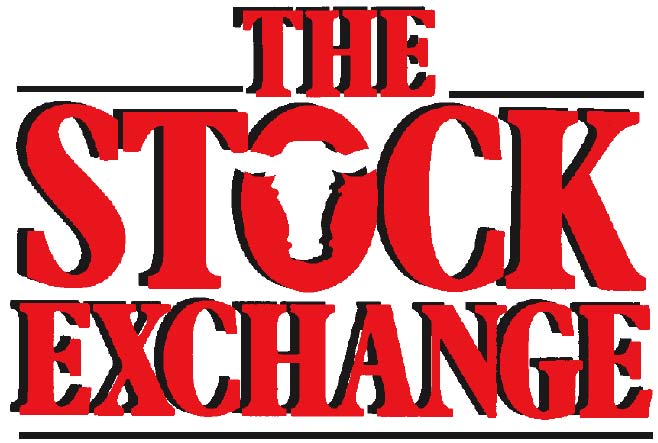Calving Management and Reducing Calf Losses in Beef Herds
Steve Niemeyer, Nebraska Extension Educator Becky Funk, DVM, Animal Health Teaching and NE Extension Specialist Factors contributing to calving problems fall into three main categories – calf effects, cow effects and fetal position at birth. Photo credit Chandra Giles. Factors Causing Calving Difficulty Every year a significant number of calves are lost at birth due to complications of parturition (calving). The most common factor in loss due to dystocia is time delay of…
